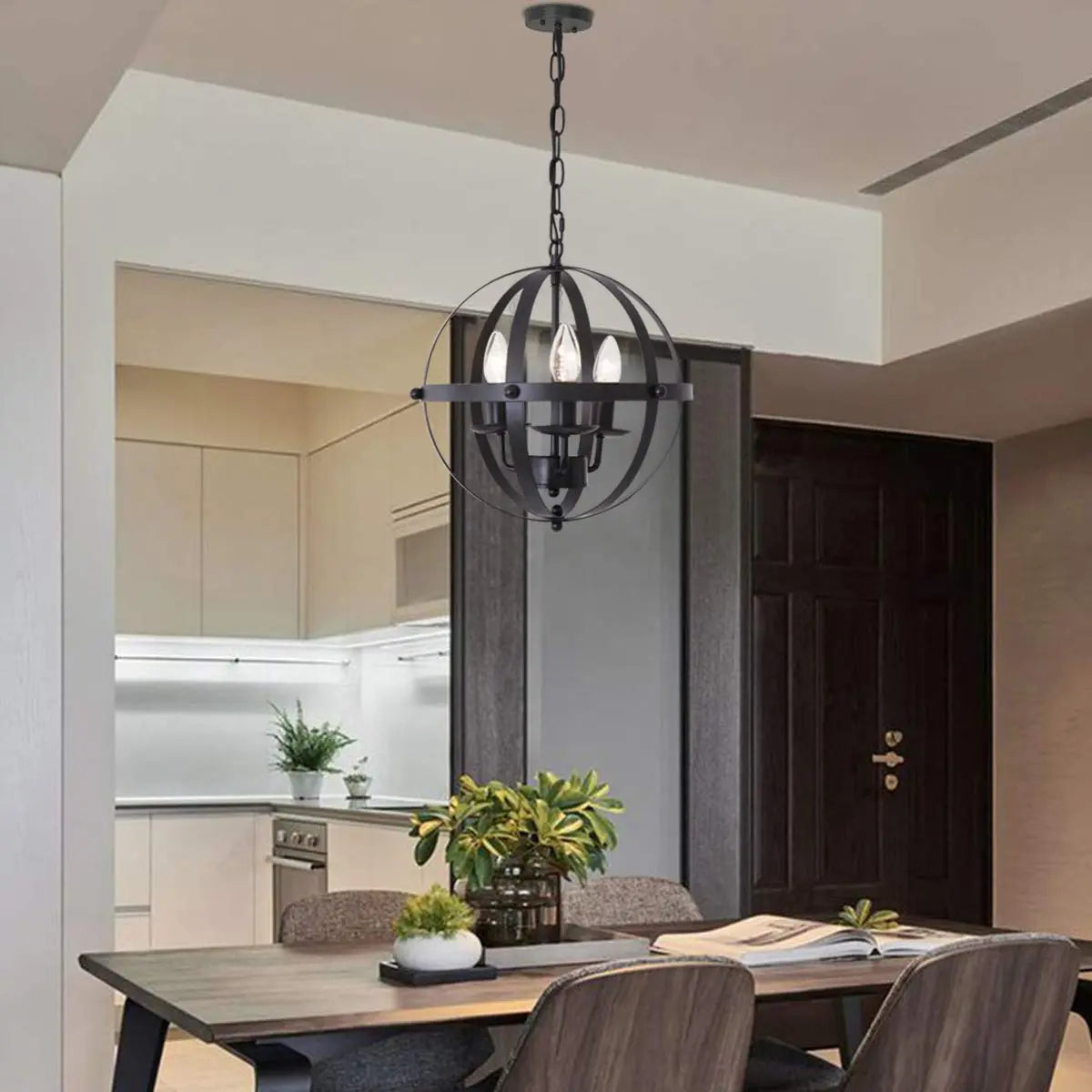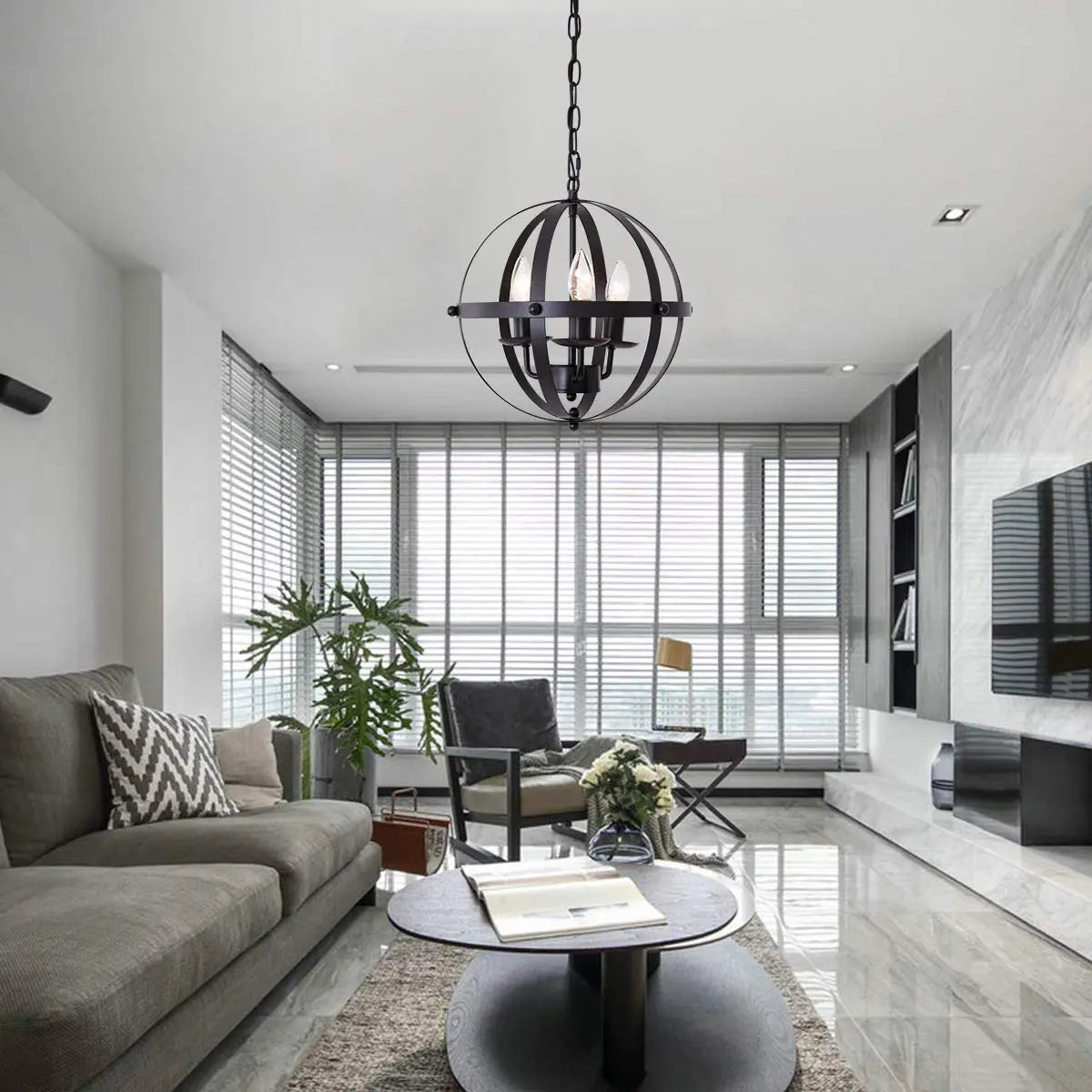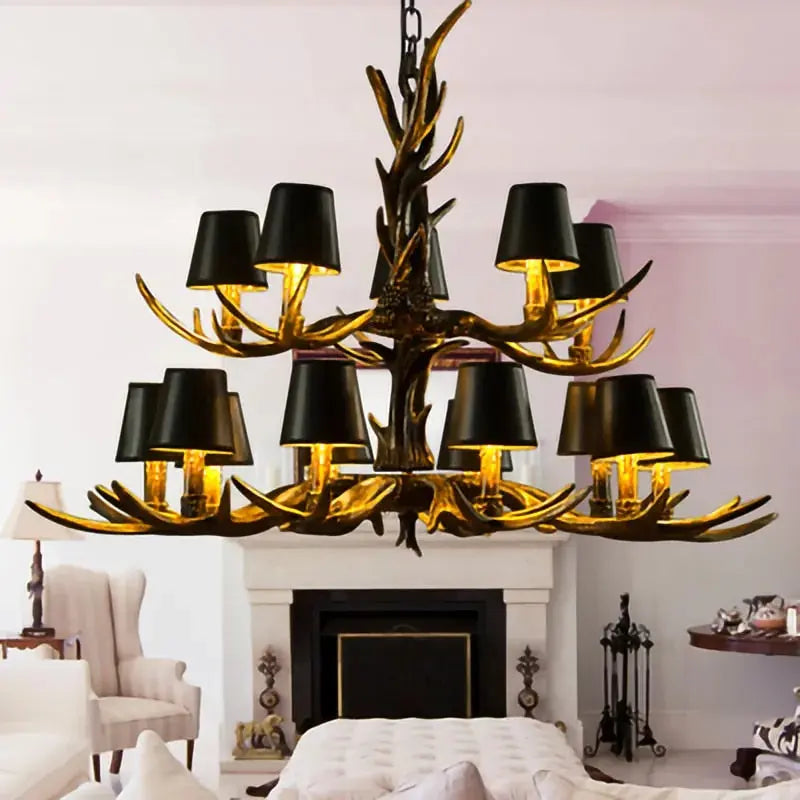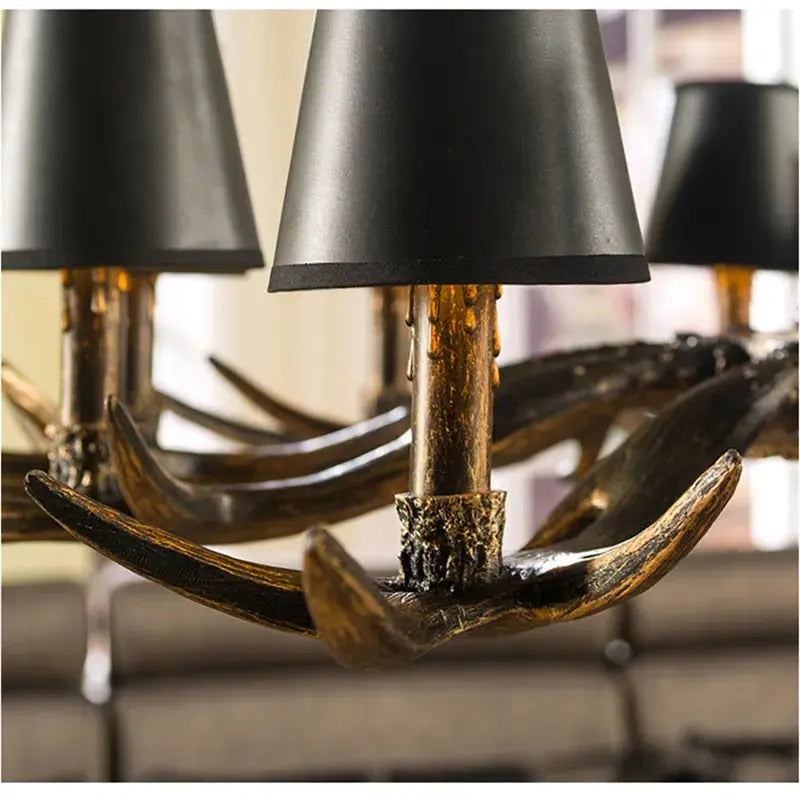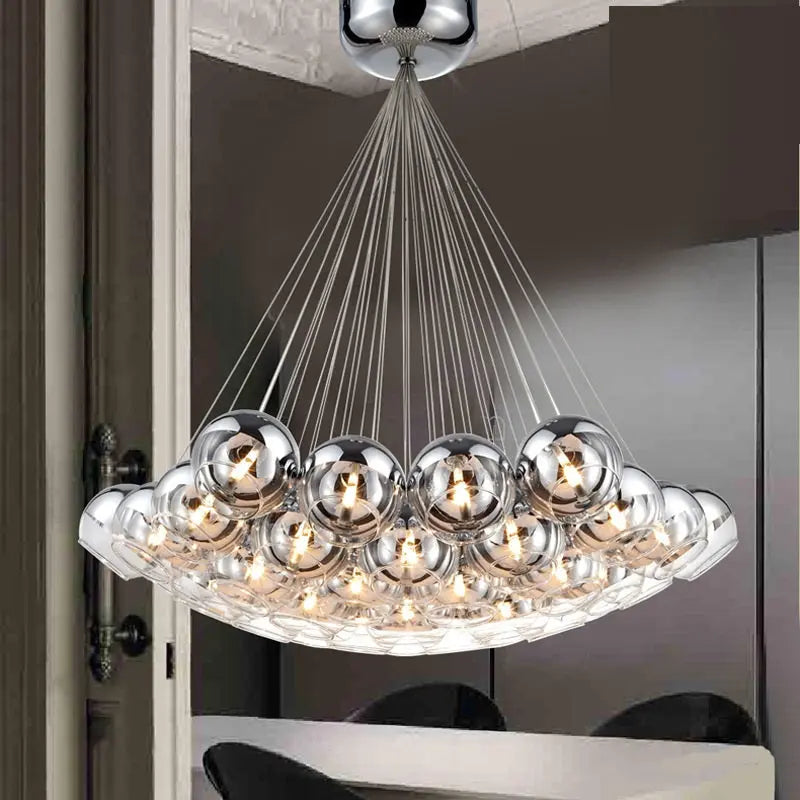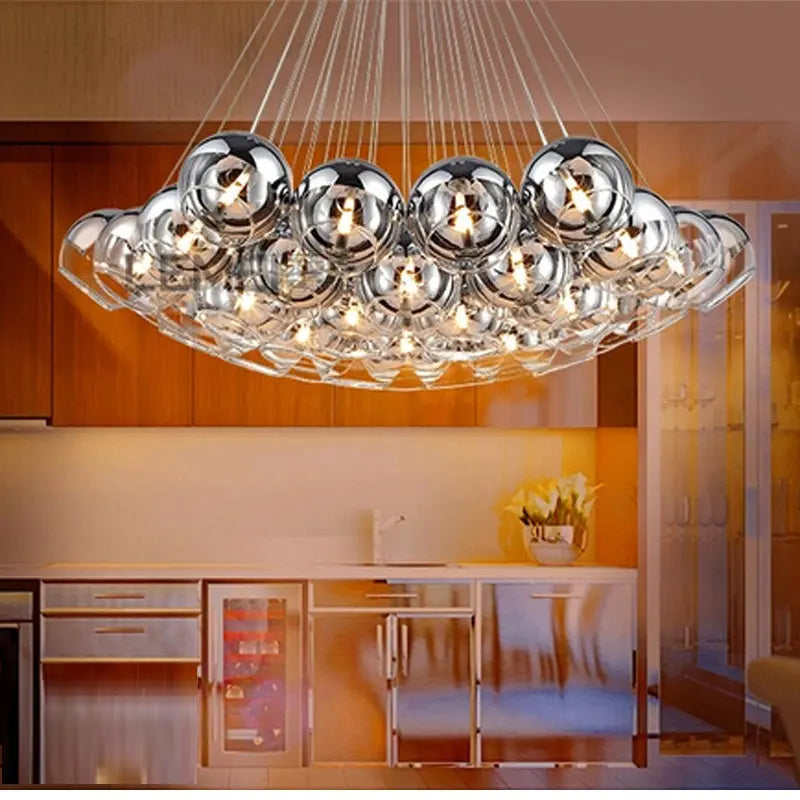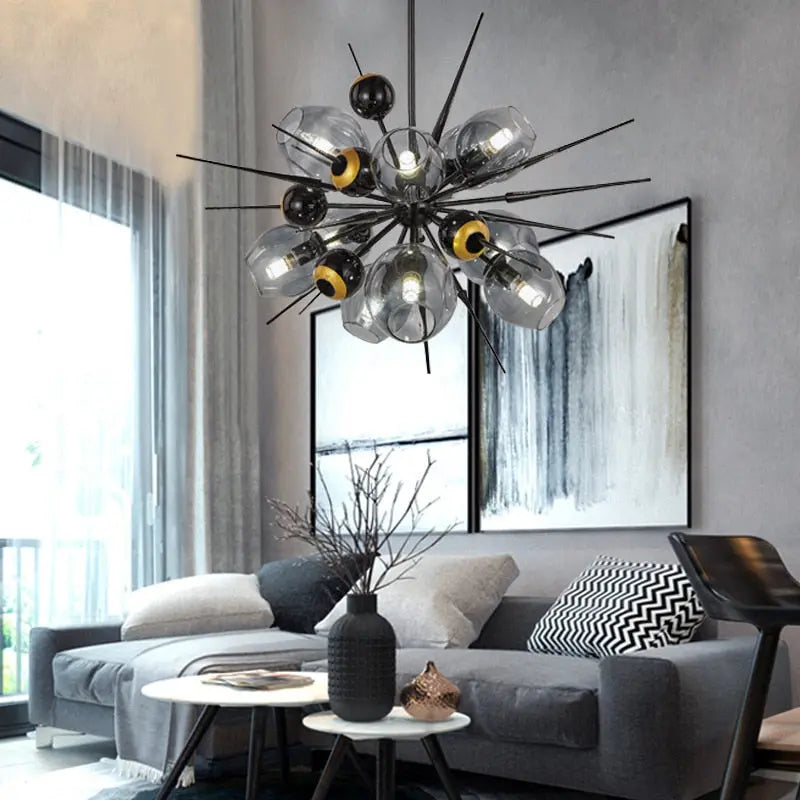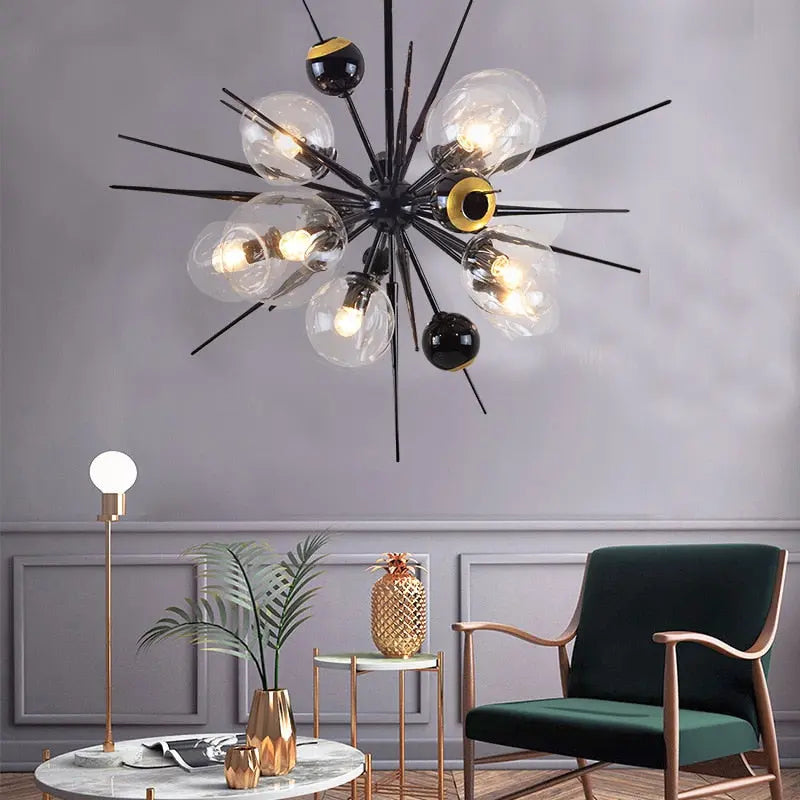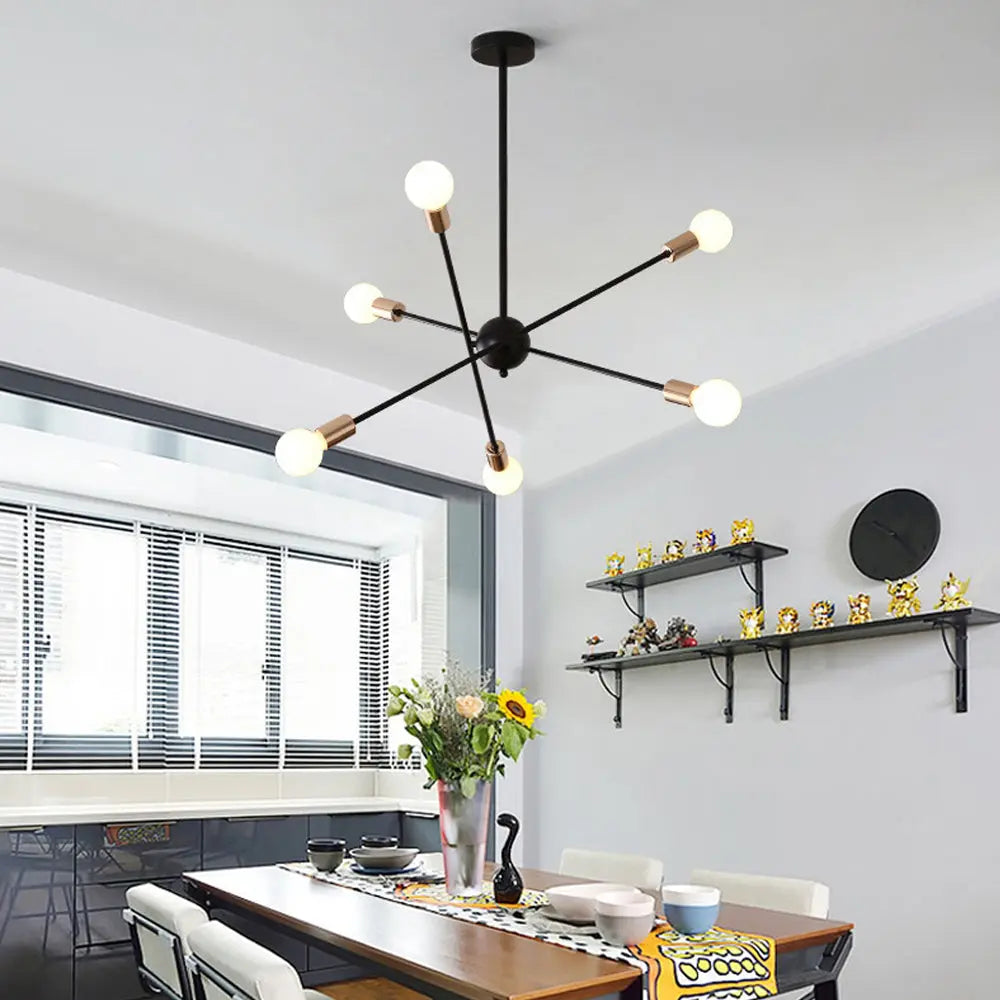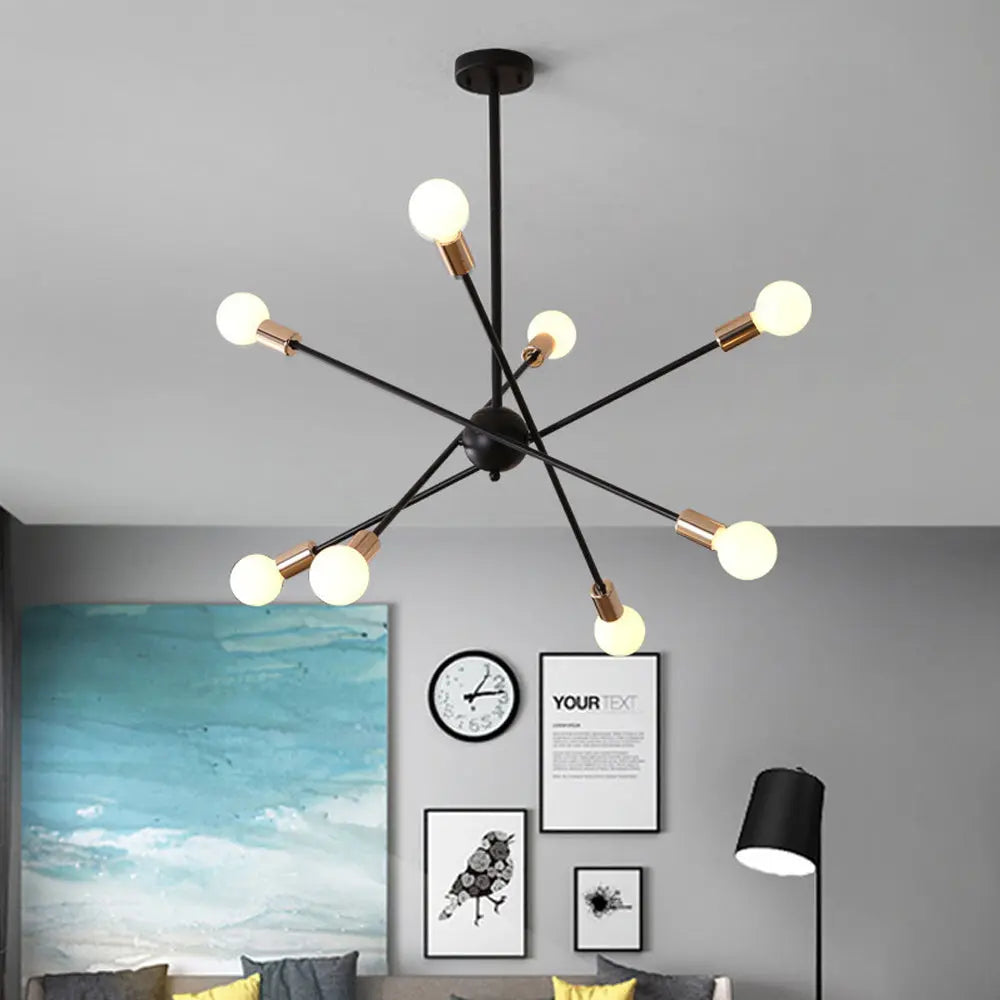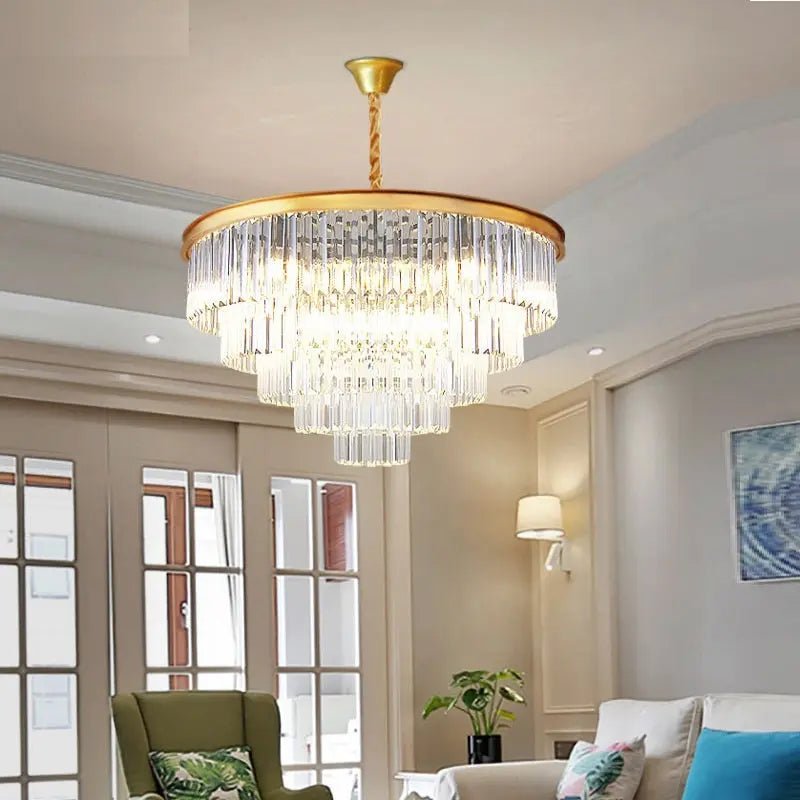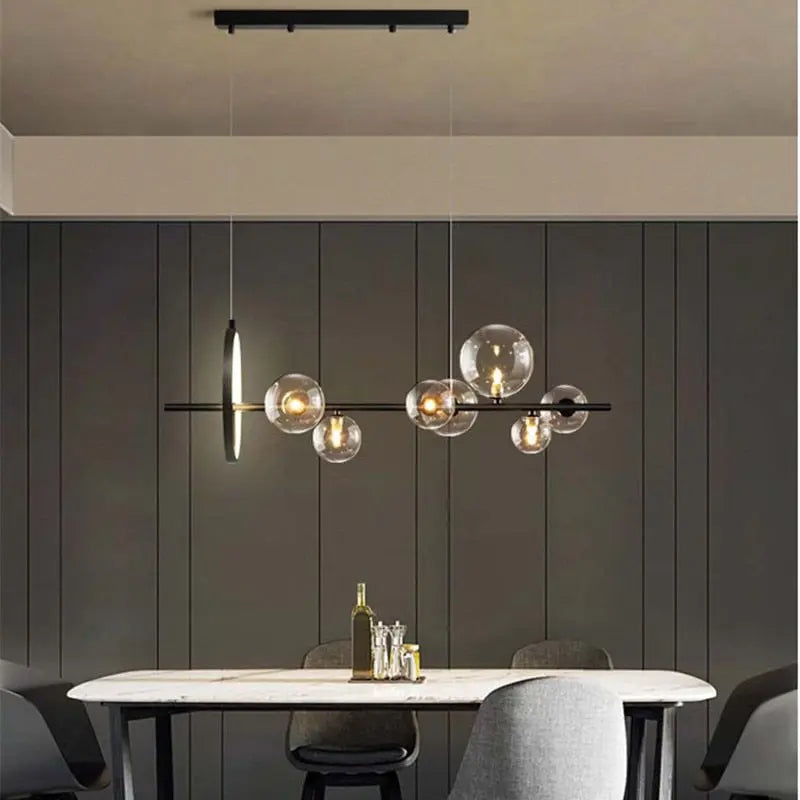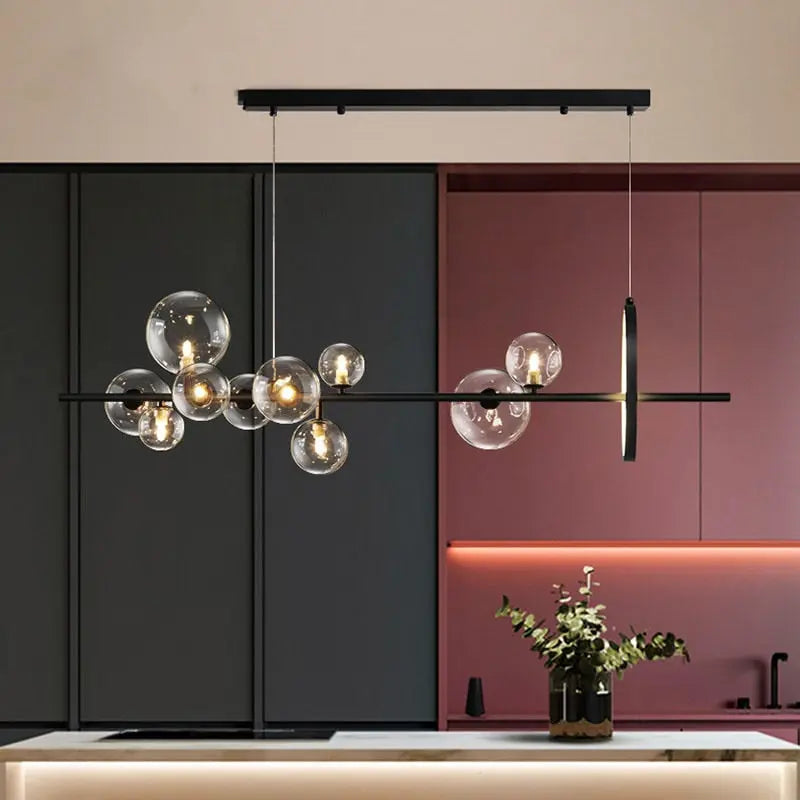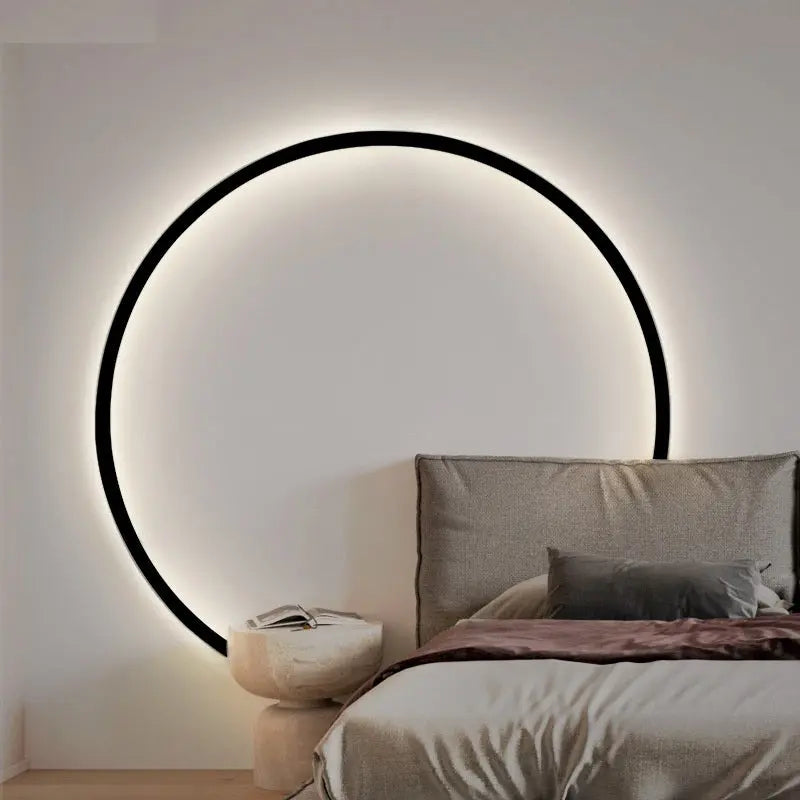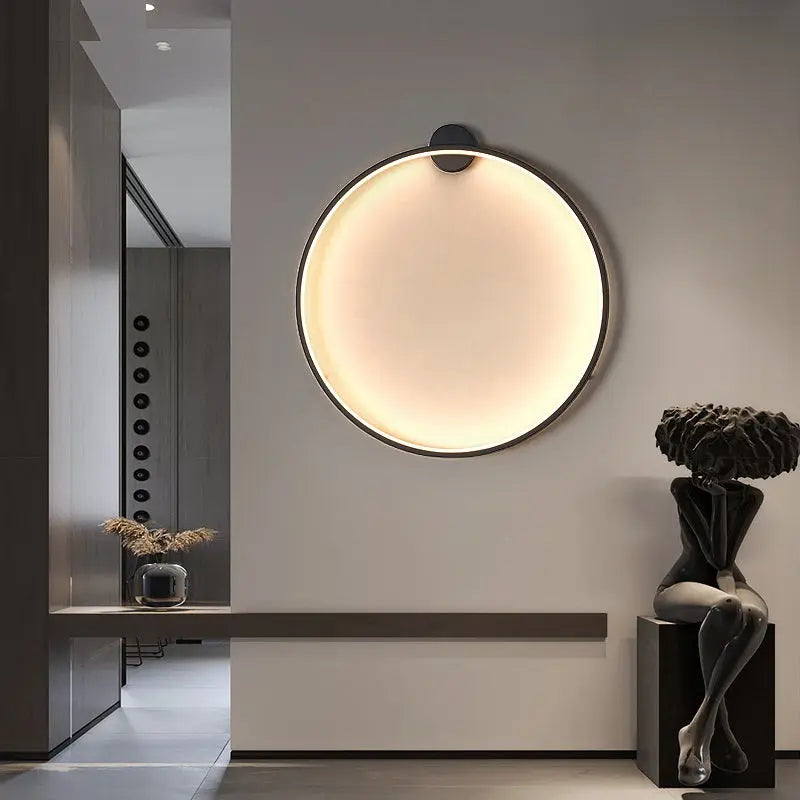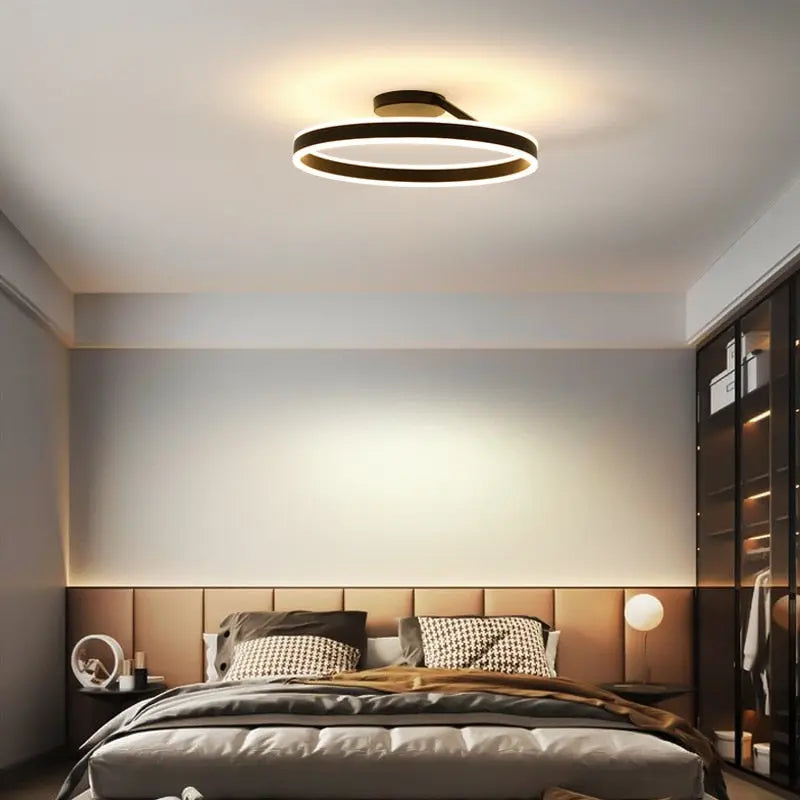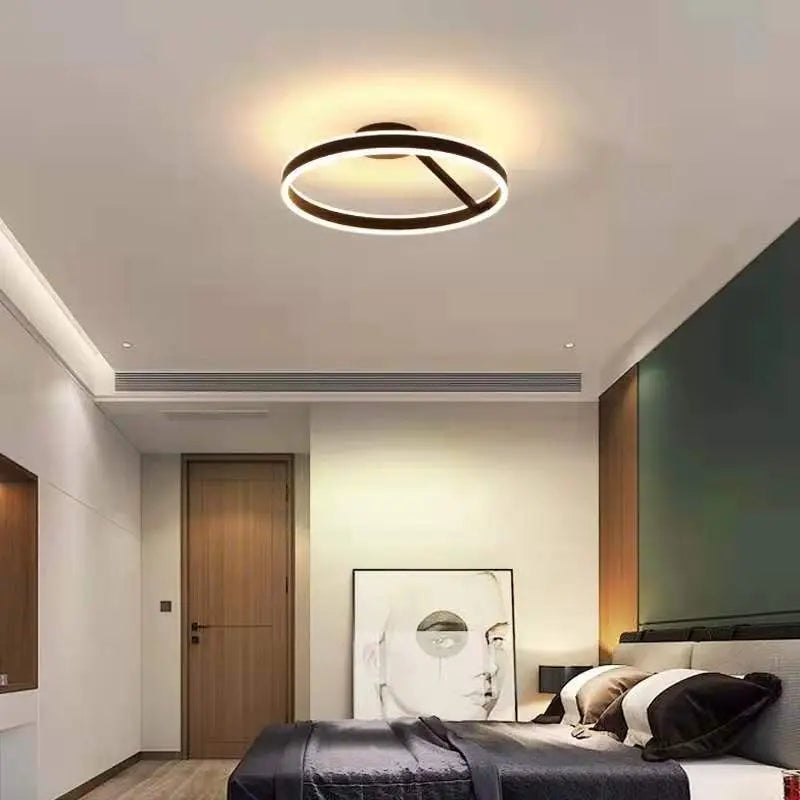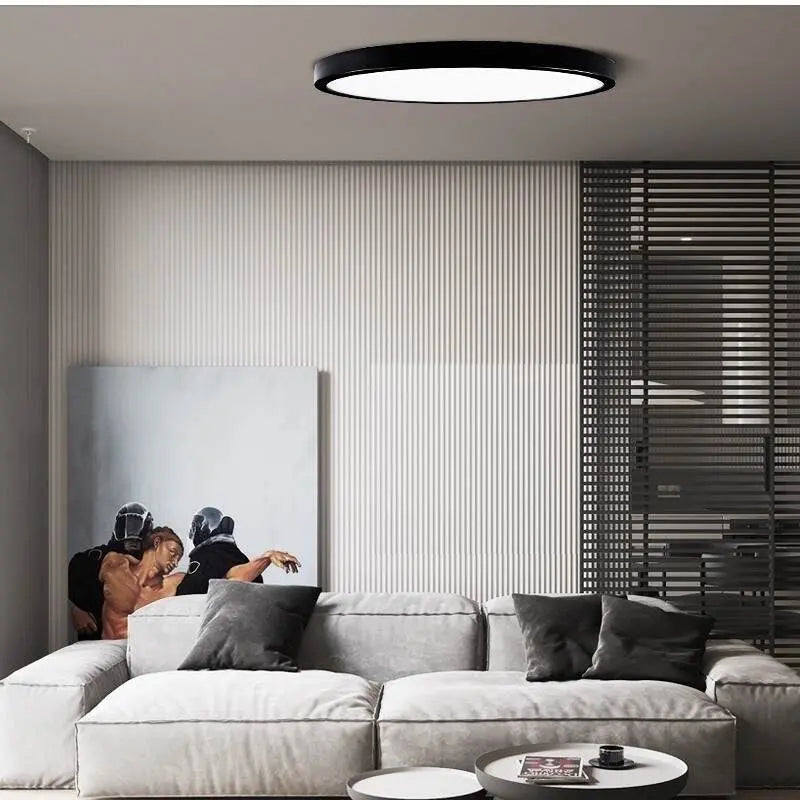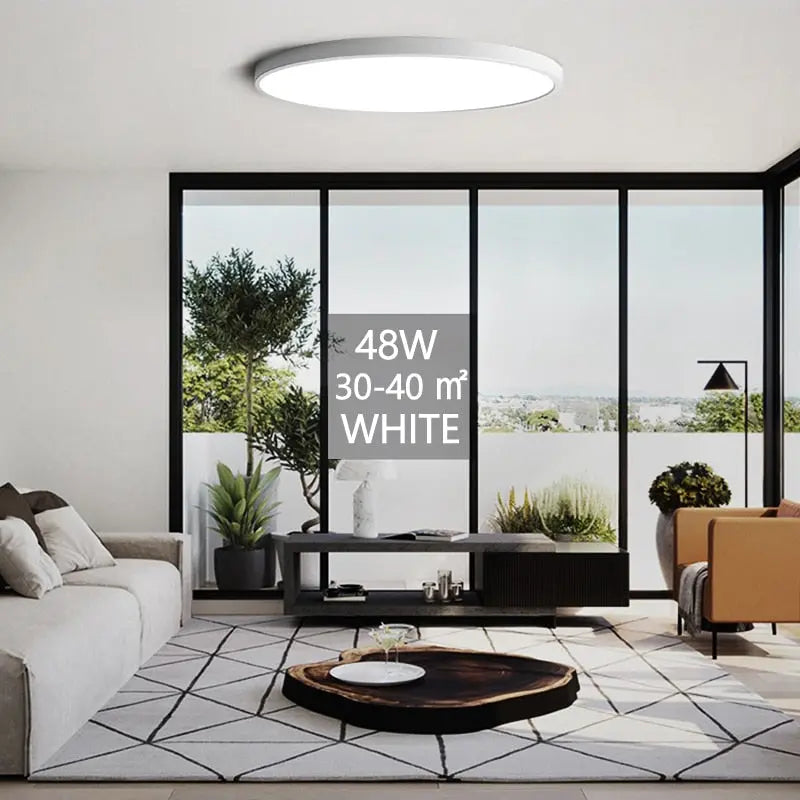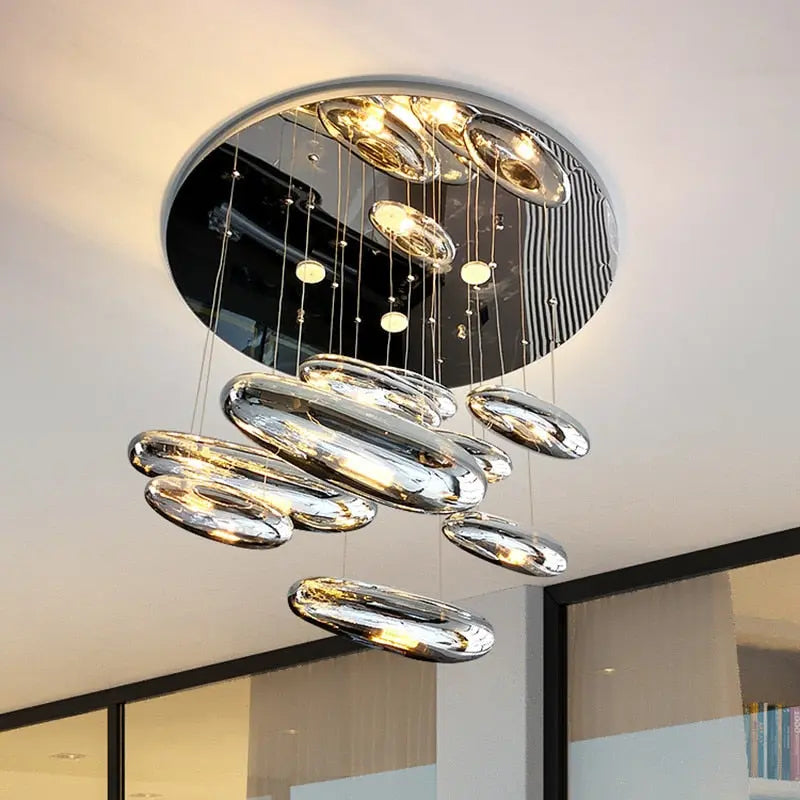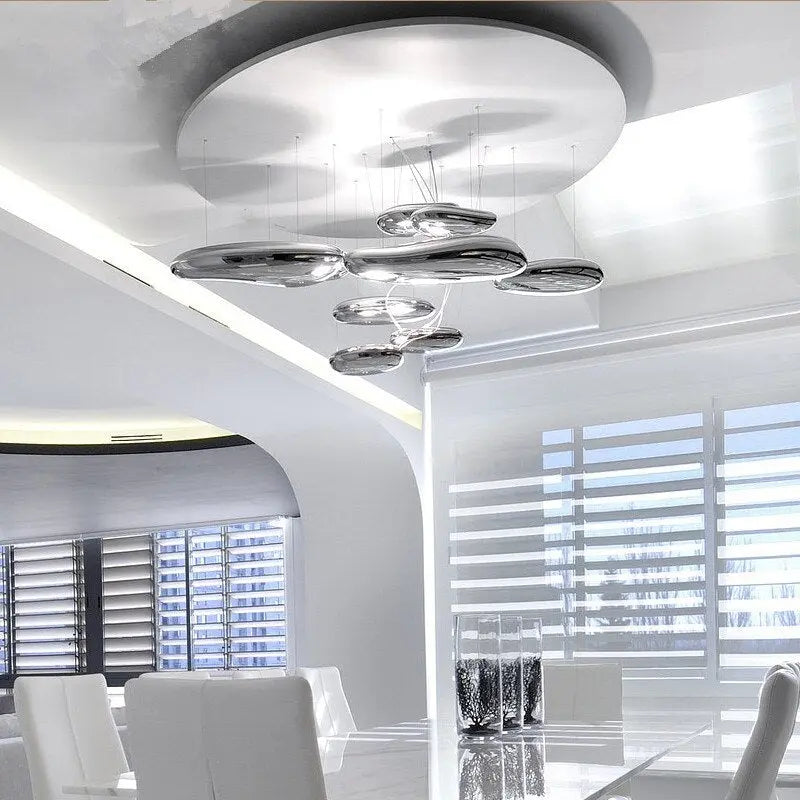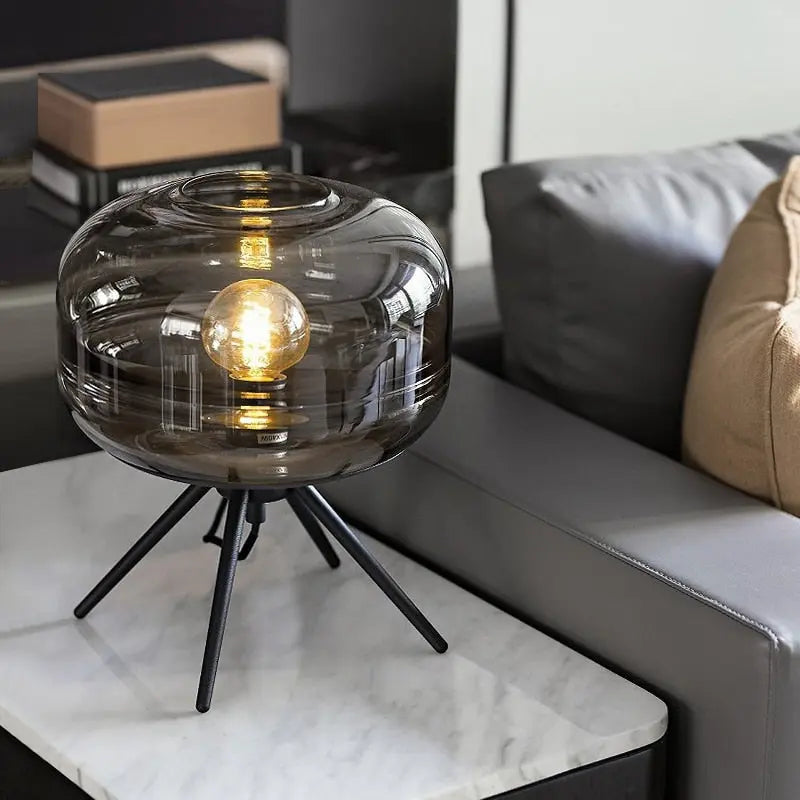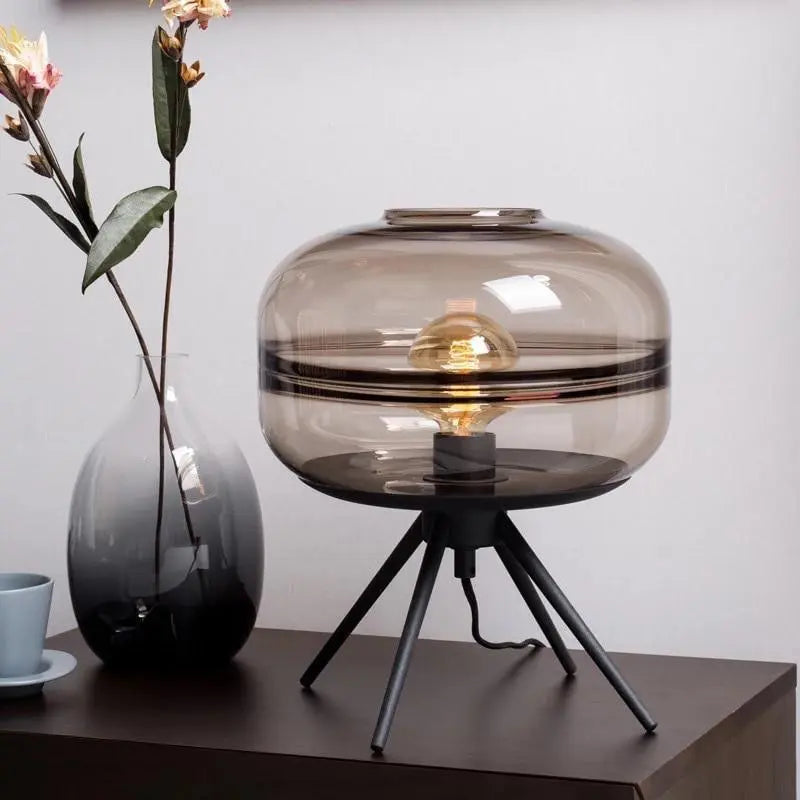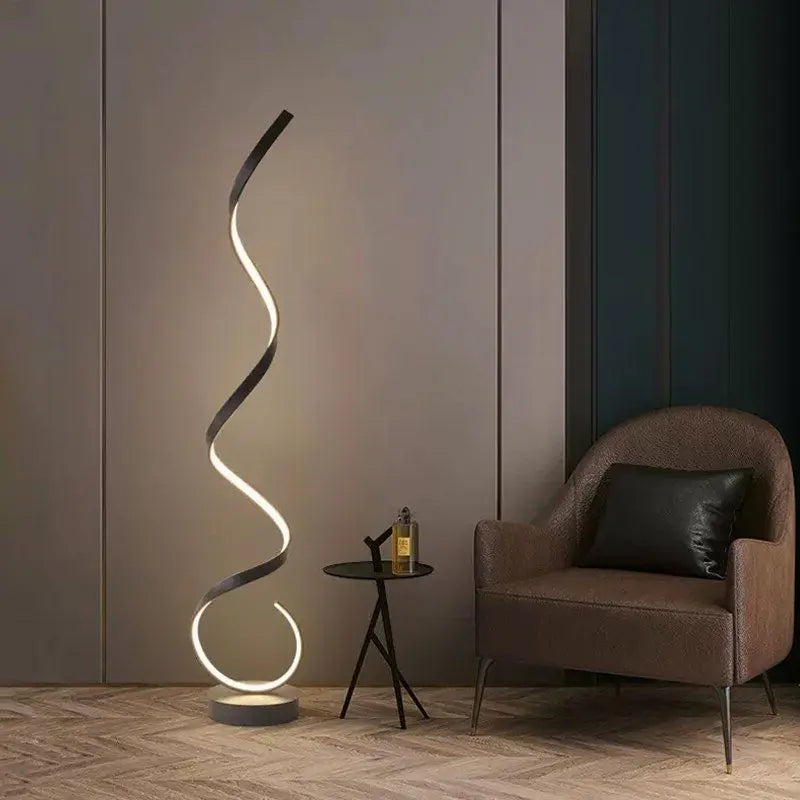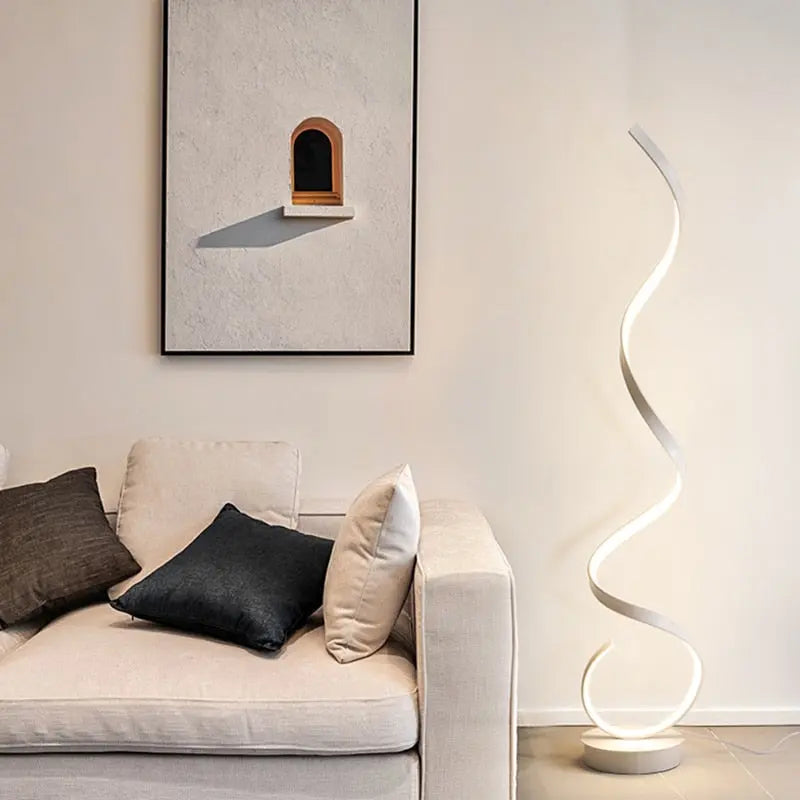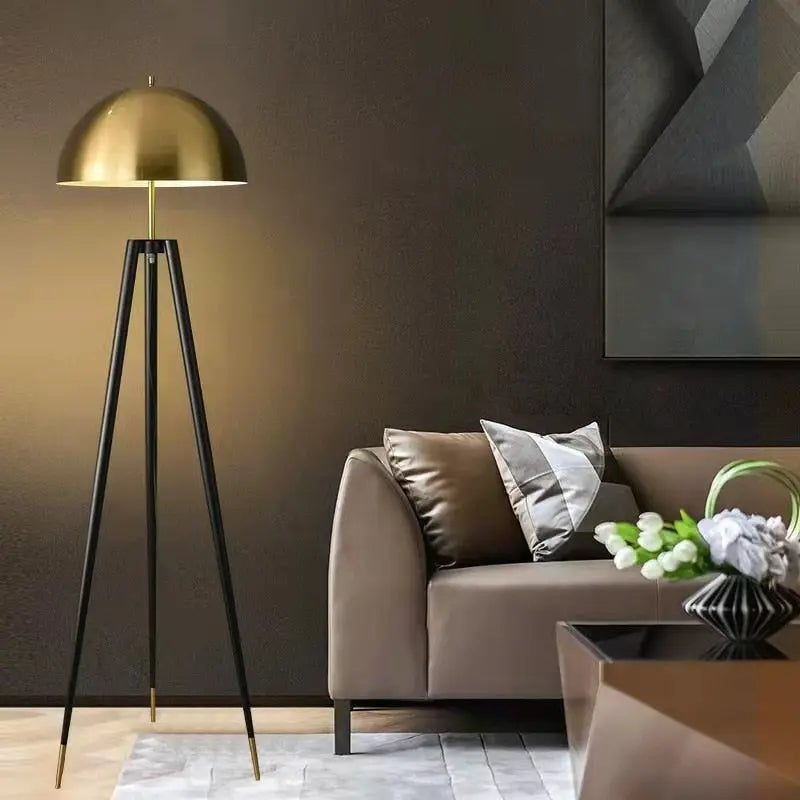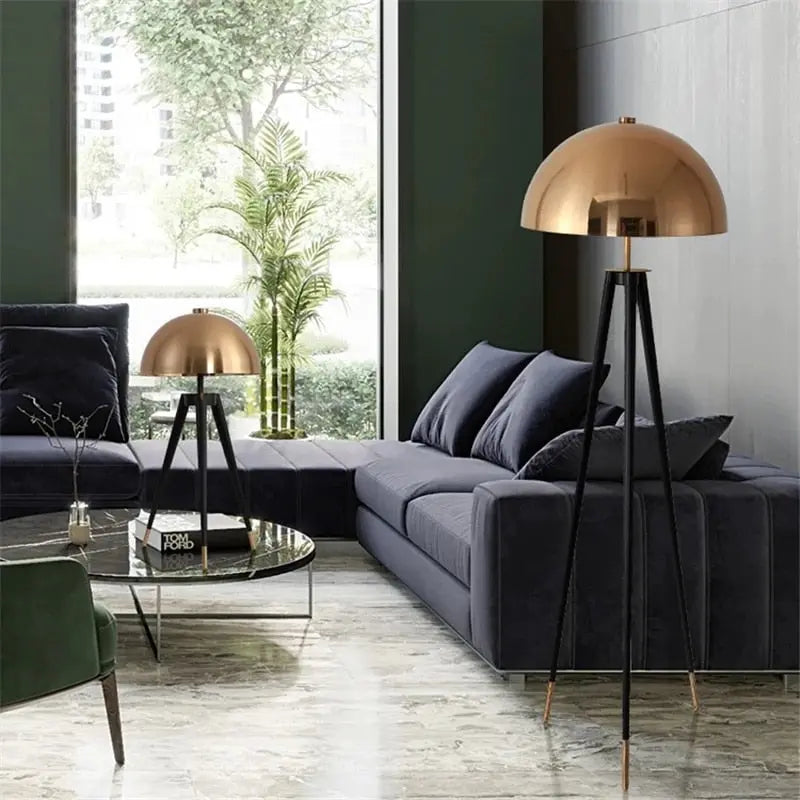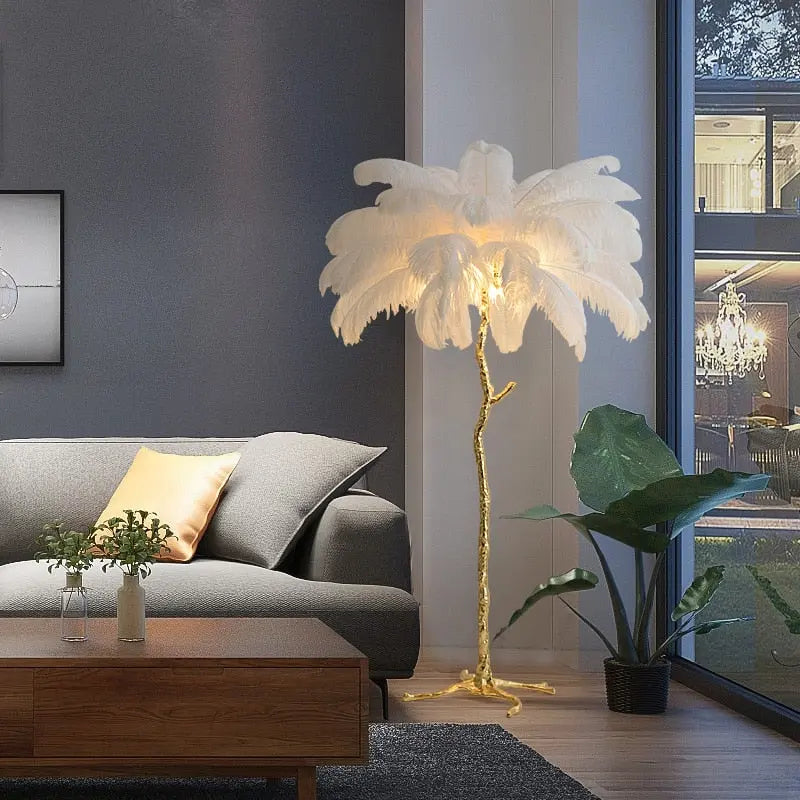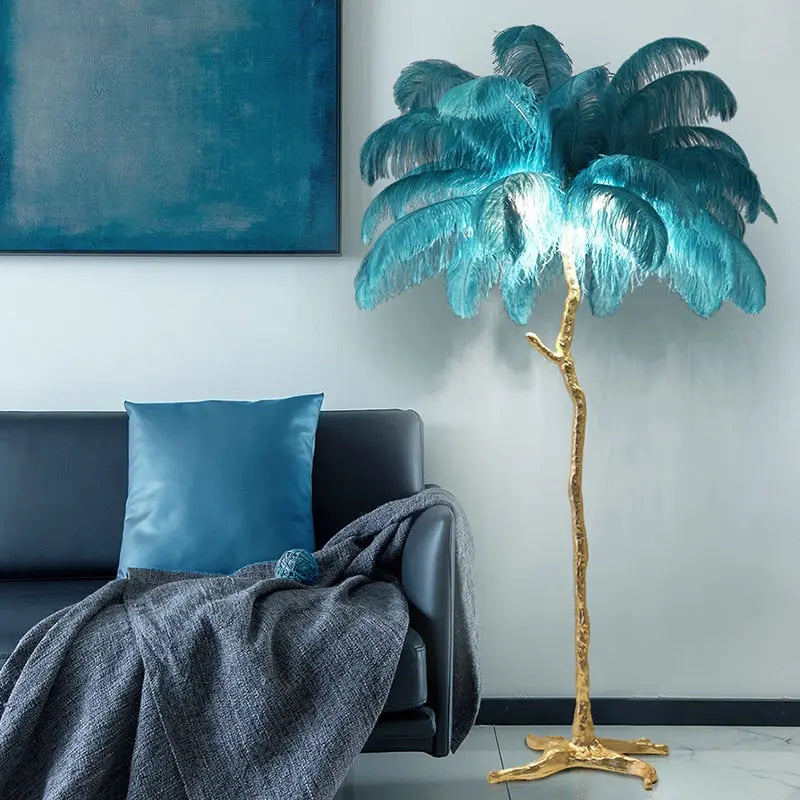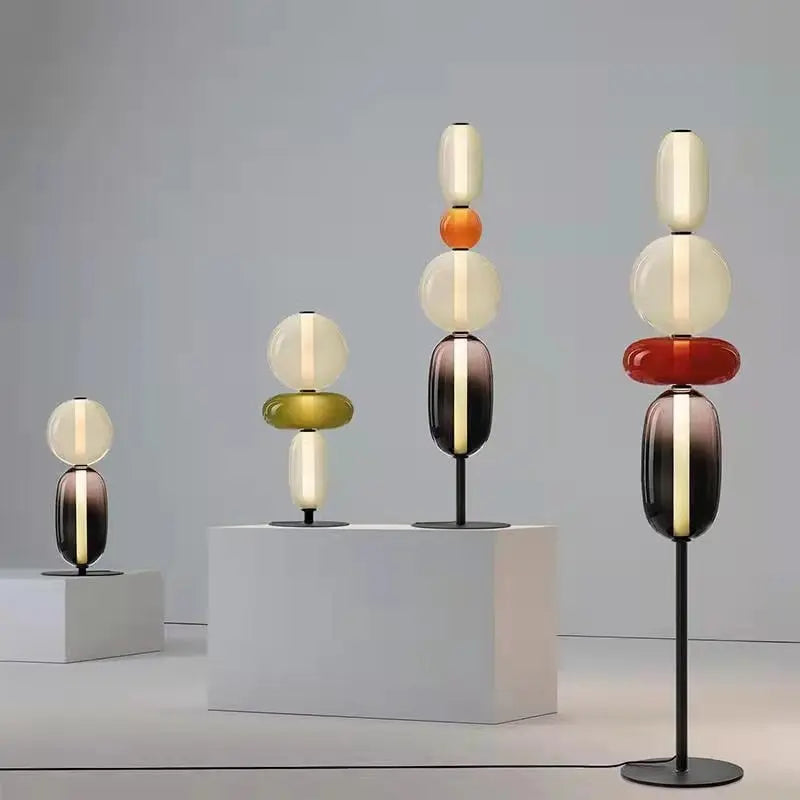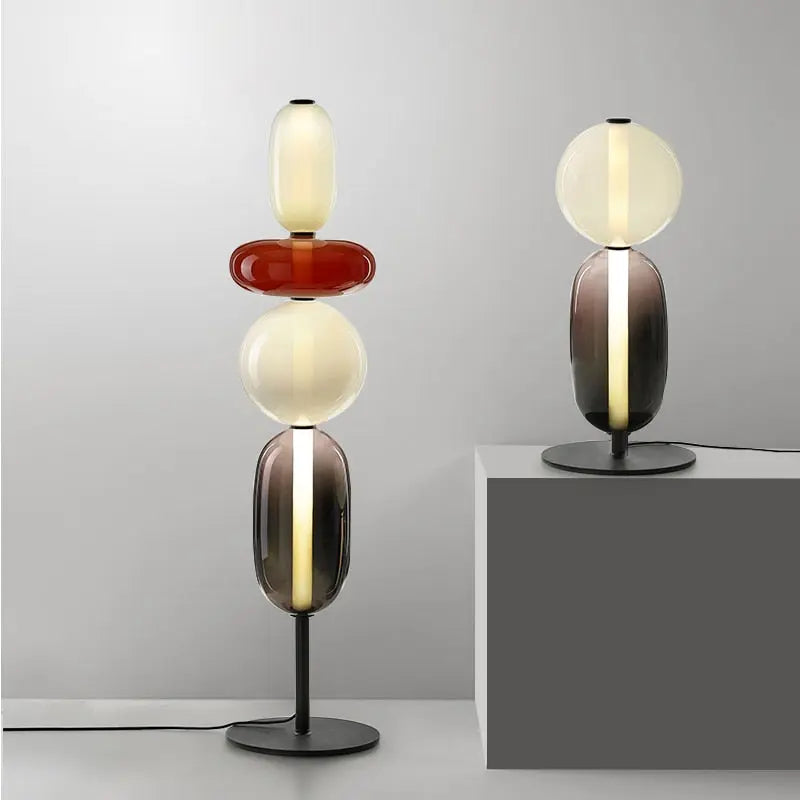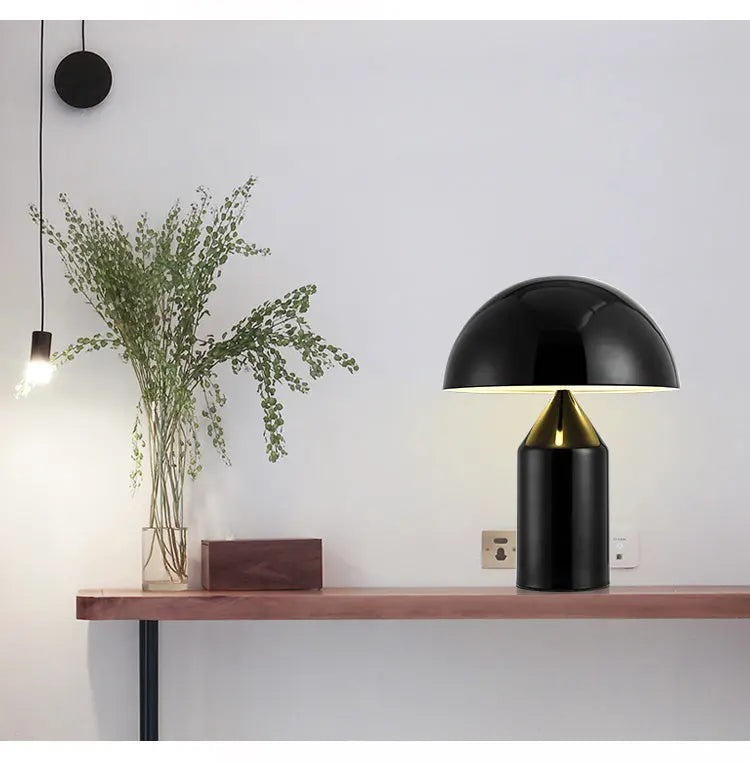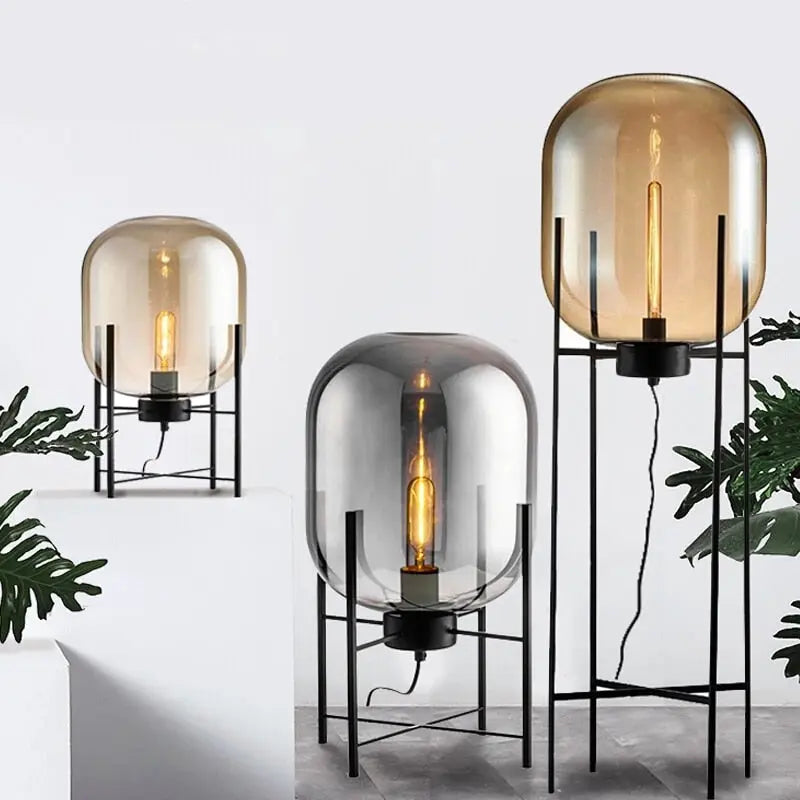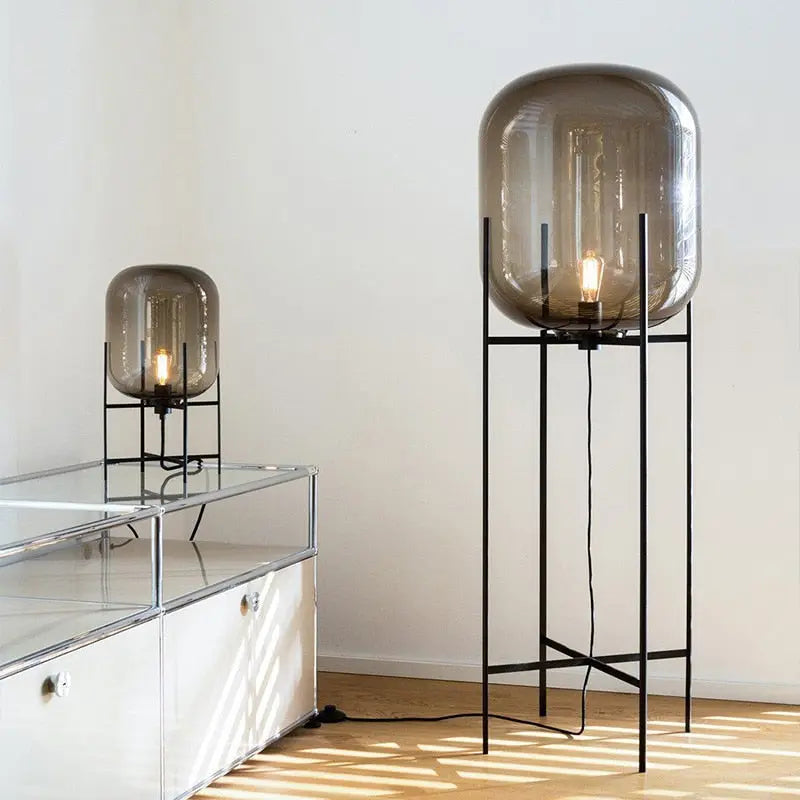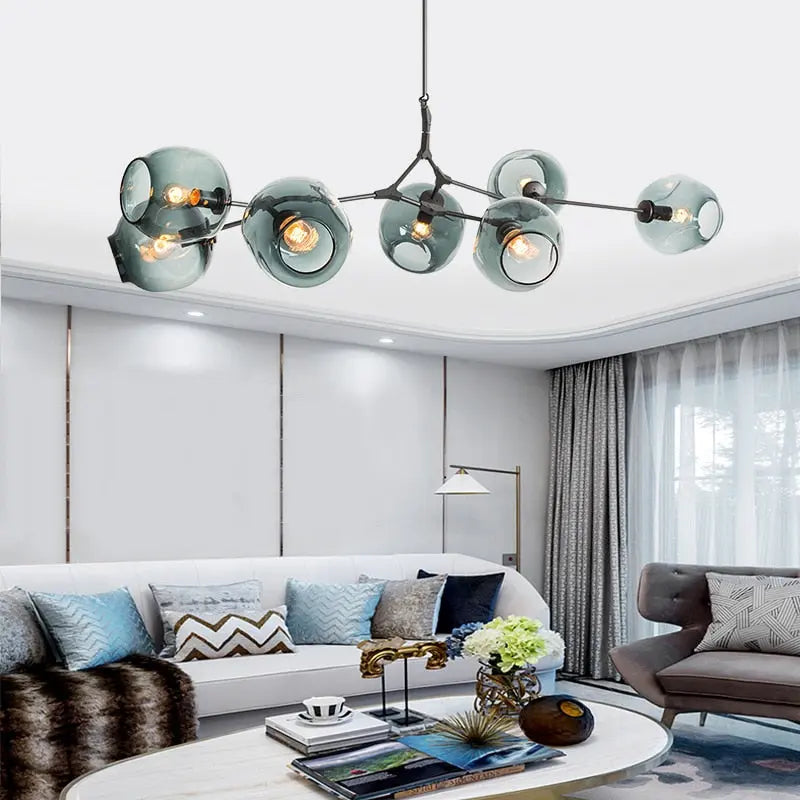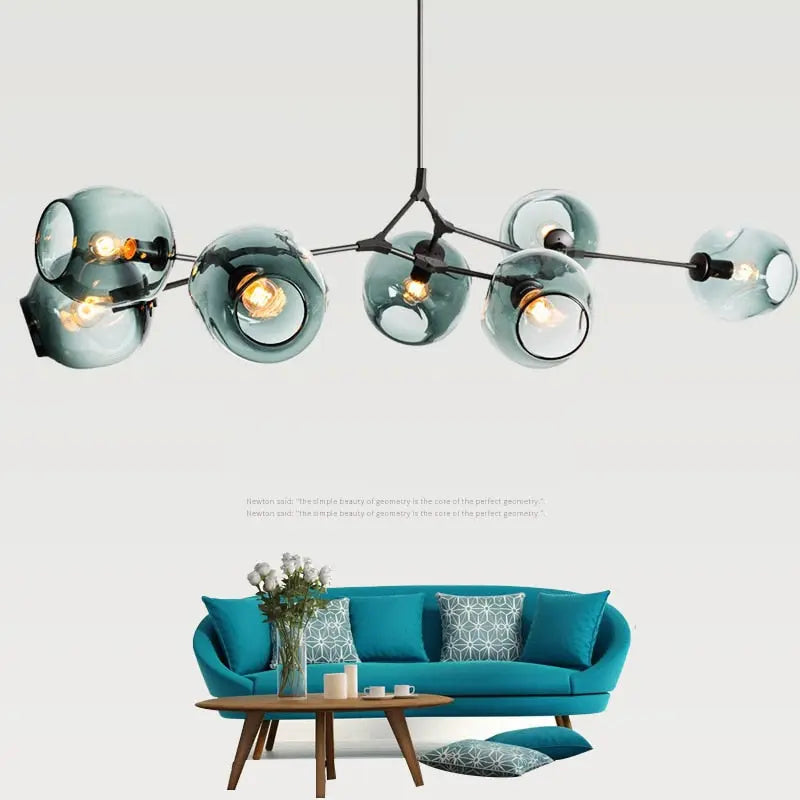HOW TO PLAN LIVING ROOM LIGHTING
Start with the layout and seating zones, then build three layers: a main ambient source, task lights where you read or work, and accents to lift dark corners. For a quick overview of fixture types and room-by-room tips, see our guide: How to Choose the Perfect Living Room Lighting.
Choose the right fixtures: A living room chandeliers or pendant sets the base level, while low-profile ceiling lights give even coverage. Add wall lights or sconces near art or along long walls. For targeted light, use floor lamps beside sofas and table lamps on end tables. Modern rooms often pair a linear pendant with a reading floor lamp and two compact sconces for balance.
Scale and height: Over a coffee table, aim for roughly 1/2-2/3 of table width and hang high enough to keep sightlines clear. In walk paths, maintain about 7 ft of clearance. For low ceilings, choose a modern flush mount ceiling light. For tall rooms, consider a large chandelier for living room use or a grouped pendant layout.
Light quality and control: Use 2700-3000K for relaxed evenings, 3500K if you prefer a crisper feel. Pair LED fixtures with a compatible dimmer to switch from bright hosting to movie-night low light. Diffusers, fabric shades, and opal glass help reduce glare near TVs and reading chairs.
Quick guidelines
- Layering: One overhead piece plus two or more secondary sources usually feels balanced.
- Reading zones: arc, tripod, or pole floor lamps at shoulder height reduce shadows.
- Small spaces: slim sconces and compact table lamps save surface space.
- Finishes: match black, brass, or mixed metal to nearby hardware for a cohesive look.
Most orders include free shipping and 20-day returns. Not sure about size, drop length, or dimmer compatibility? Contact us.

